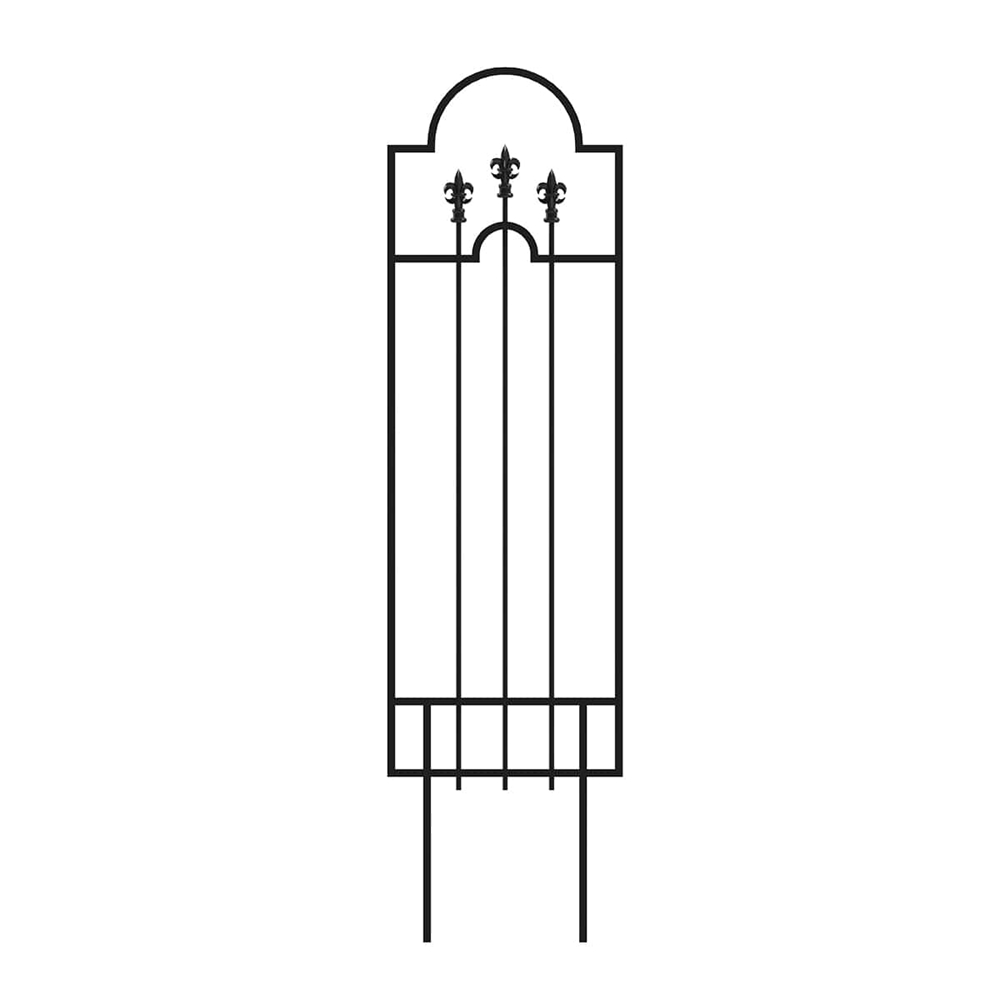Exploring Different Types of Fencing Solutions for Livestock Management and Protection
Dec . 21, 2024 01:14
Exploring Livestock Fencing Options Choosing the Right Solution for Your Farm
Fencing plays a crucial role in livestock management, serving not only as a physical barrier but also as a means to protect your animals, crops, and property from various potential threats. With a myriad of fencing options available, it is essential for farmers and ranchers to consider several factors before making a decision. This article will discuss various livestock fencing options, including traditional and modern materials, their advantages, disadvantages, and considerations for different types of livestock.
1. Barbed Wire Fencing
Barbed wire is one of the most common types of fencing used for livestock. It consists of strands of wire twisted with sharp barbs at regular intervals. This type of fencing is cost-effective and relatively straightforward to install.
Advantages - Inexpensive and widely available. - Durable and can withstand harsh weather conditions. - Effective for containing large livestock such as cattle.
Disadvantages - Not suitable for smaller animals such as sheep or goats, which can easily get caught or injured. - Less aesthetically pleasing compared to other options.
2. High-Tensile Wire Fencing
High-tensile wire fencing is a stronger, more durable alternative to traditional barbed wire. It is made from high-strength steel and is typically electrified to enhance its effectiveness in containing animals.
Advantages - Offers excellent strength and durability with less material. - Effective for a range of livestock types and sizes. - Easy to maintain and can last for many years.
Disadvantages - More expensive to install than traditional barbed wire. - Requires proper installation techniques to ensure optimal tension and effectiveness.
3. Wood Fencing
Wood fencing is a classic option that provides a rustic look and can create beautiful boundaries around pastures and properties. It is made from treated lumber and can be customized in several styles, such as post-and-rail or wooden boards.
Advantages - Visually appealing and enhances the aesthetic of any farm. - Provides a strong physical barrier for various livestock.
livestock fencing options

Disadvantages - Higher upfront cost and requires regular maintenance to prevent decay. - Vulnerable to damage from harsh weather and pests.
4. Electric Fencing
Electric fencing has gained popularity as a modern solution for livestock management. It uses electric currents to deter animals from crossing boundaries. They can be standalone or combined with other types of fencing for added security.
Advantages - Highly effective for training animals to respect boundaries. - Can be relatively inexpensive to install and maintain. - Allows for flexible fencing setups, enabling rotational grazing practices.
Disadvantages - Requires a continuous power source; therefore, it may not be suitable in remote areas without access to electricity. - Risk of animals getting shocked may deter less trained or more skittish livestock.
5. Vinyl Fencing
Vinyl fencing is another visually appealing option that is gaining traction among livestock owners. Made from durable, high-quality plastic, vinyl fencing mimics the appearance of wood without the required upkeep.
Advantages - Low maintenance and resistant to weathering, rotting, and warping. - Available in various styles and colors, allowing customization for aesthetics.
Disadvantages - Generally more expensive than wood or wire fences. - Can be less effective for containment of larger, more aggressive animals unless designed for strength.
Conclusion
Choosing the right fencing for your livestock is a critical decision that affects the overall management and safety of your farm. When selecting a fencing option, it is essential to consider the specific needs of your animals, the layout of your property, budget constraints, and the desired aesthetic. Traditionalbarbed wire and wood fences have their advantages, but modern solutions like electric and vinyl fencing can offer added flexibility and durability. Ultimately, the right choice will depend on balancing cost, maintenance requirements, and the type of livestock you are raising.
By investing time in researching and selecting the appropriate fencing option, you can ensure a safe and secure environment for both your animals and your agricultural practices.




















